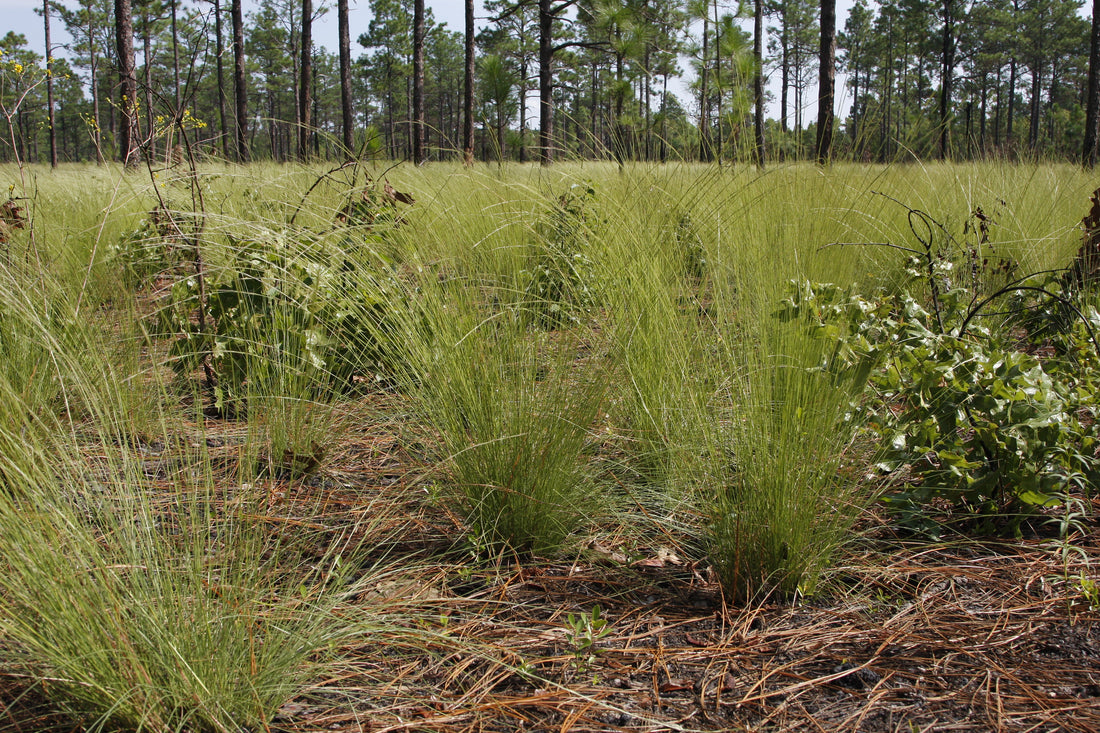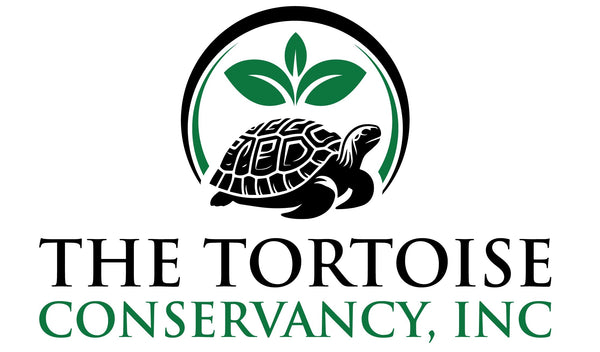
Why Preserving Native Plant Species Matters for Gopher Tortoise Habitats
Share
The health and sustainability of any ecosystem are rooted in its plant life. Native plants form the foundation of gopher tortoise habitats, providing essential resources not only for the tortoises themselves but also for hundreds of other species that inhabit these ecosystems. When we preserve and restore native plants, we are not just helping the tortoises—we are creating a network of interdependent species that rely on these plants for food, shelter, and protection.

Gopher tortoises are herbivores, and their diet consists largely of native grasses, herbs, fruits, and wildflowers. These plants provide the necessary nutrients and hydration that tortoises need to maintain their health and burrow-building activities. However, as invasive plant species encroach on natural habitats, they outcompete native species, reducing the availability of essential food sources for gopher tortoises. This shift in vegetation can disrupt the delicate balance of the ecosystem and have cascading effects on other wildlife.
Native plants also play a critical role in maintaining the structure and stability of gopher tortoise burrows. Their root systems help prevent soil erosion, which could otherwise damage or collapse burrows. Furthermore, many of the species that share these burrows rely on native plants for food or cover, making plant preservation a key factor in sustaining biodiversity.
Featured Species: Gopher Frog

The gopher frog is a rare amphibian that relies heavily on gopher tortoise burrows for survival. These frogs use the burrows for protection from extreme weather conditions and predators. They also depend on the cool, moist microclimate created by the burrows to regulate their body temperature and prevent dehydration. The presence of healthy native plants around these burrows helps maintain the moisture levels needed for the gopher frog’s survival.
By preserving native plant species in gopher tortoise habitats, we are not only supporting the tortoises themselves but also providing essential resources for species like the gopher frog, whose survival is closely tied to the health of the ecosystem.
